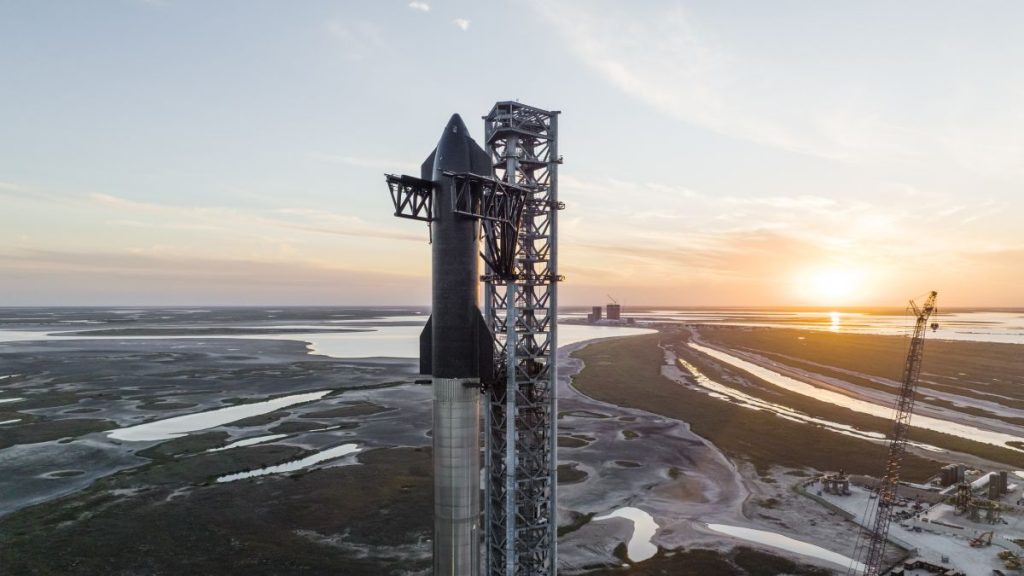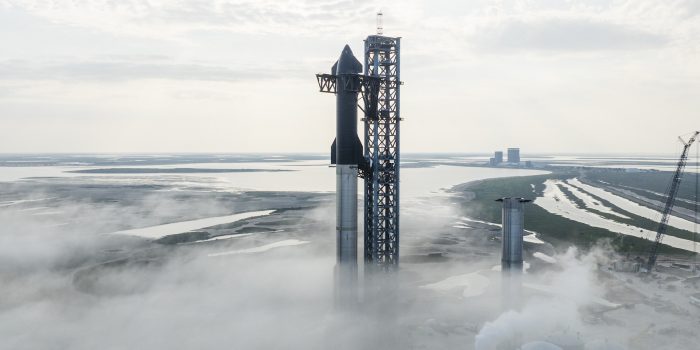Space SpaceX has been making headlines recently due to the challenges it faced during the launch of its fully-integrated Starship launch system at its South Texas Starbase facility in April. The absence of a water deluge system during the initial launch resulted in a massive crater on the launchpad and debris scattering widely, sparking criticism from observers and environmentalists alike.
To address these concerns and enhance safety measures, SpaceX is now working diligently on constructing a robust deluge system designed to mitigate the powerful force of its Raptor engines. The system’s first test was captured in new footage released by NASASpaceflight. The test, conducted on Monday, July 17, at the Boca Chica, Texas facility, revealed thousands of gallons of water shooting out from the orbital launch mount (OLM) in an attempt to suppress the fiery thrust of the rocket engines.

The next step in the process is likely to involve a static fire test, where the water deluge system will be tested alongside the ignition of the Raptor engines. The aim is to gauge its effectiveness in countering the intense heat produced during liftoff. Despite the expectation that most of the water will be vaporized by the engines, this system, along with water-cooled steel plates, seeks to prevent similar damage experienced during the April 20 launch.
The last launch produced an astonishing 17 million lbs of thrust from the 33 Raptor engines at liftoff, creating a 25-foot-deep crater and dispersing debris over a large area. Following this event, environmentalist organizations sued the Federal Aviation Administration (FAA) for allegedly neglecting to adequately examine the possible harm to the local ecosystems.
SpaceX responded to the lawsuit by submitting a motion to join as a co-defendant, highlighting the importance of the ongoing Starship program. The business thinks that if the litigation goes on, there may be major delays in the Starship/Super Heavy Program’s licensing procedure.
Despite the ongoing debate about the environmental impact of Starship, SpaceX remains committed to meeting its deadlines, as the spacecraft is scheduled to carry the first astronauts to the lunar surface since the Apollo 17 mission for NASA’s upcoming Artemis III missions in either 2025 or 2056.
Elon Musk, the founder of SpaceX, expressed optimism that Starship could fly again in about eight weeks’ time. However, this timeline may depend on resolving the FAA lawsuit, as the government agency must give the green light for another orbital launch attempt.
As SpaceX continues to innovate and develop safety protocols like the water deluge system, it remains essential for the company to balance technological advancements with environmental considerations, ensuring the success of future space missions while safeguarding our planet.


